 DeValls Bluff Commemorative Sign
DeValls Bluff Commemorative Sign
Entry Category: Military Science
 DeValls Bluff Commemorative Sign
DeValls Bluff Commemorative Sign
DeValls Bluff to Augusta, Scout from
DeValls Bluff to Searcy and Clinton, Scout from
DeValls Bluff to Strickland’s, Scout from
DeValls Bluff to West Point, Scout from
DeValls Bluff, Affair at (December 13, 1864)
DeValls Bluff, Affair at (May 22, 1864)
DeValls Bluff, Affair near (November 2, 1864)
aka: Affair at Hazen's Farm
DeValls Bluff, Skirmish at (December 1, 1863)
DeValls Bluff, Skirmish near (August 11, 1864)
Devil’s Backbone, Action at
aka: Action at Backbone Mountain
aka: Action at Jenny Lind
Disease during the Civil War
Dobbins, Archibald
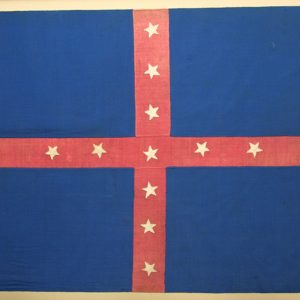 Dobbins's Cavalry Flag
Dobbins's Cavalry Flag
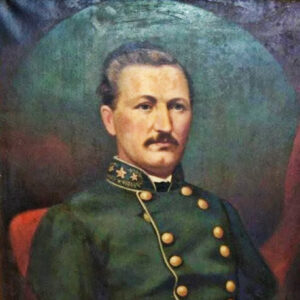 Dockery Portrait
Dockery Portrait
Dockery, Thomas Pleasant
Dodd, David Owen
 G. M. Dodge
G. M. Dodge
Dodge, Grenville Mellen
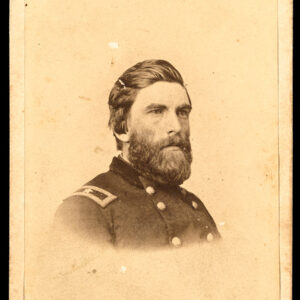 Grenville Mellen Dodge
Grenville Mellen Dodge
 Grenville Mellen Dodge and Regiment
Grenville Mellen Dodge and Regiment
 Will P. Donnell
Will P. Donnell
Dooley’s Ferry Fortifications Historic District
Dorsey, Stephen Wallace
 Doughboy Monument, Fort Smith
Doughboy Monument, Fort Smith
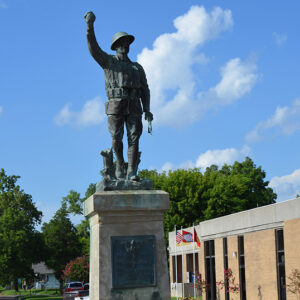 Doughboy Monument, Helena-West Helena
Doughboy Monument, Helena-West Helena
 Doughboy Monument, Helena-West Helena
Doughboy Monument, Helena-West Helena
Douglas, Paul Page, Jr.
Dove [Steamboat]
Dudley Lake, Skirmish near
aka: Scout from Brownsville (December 15–18, 1864)
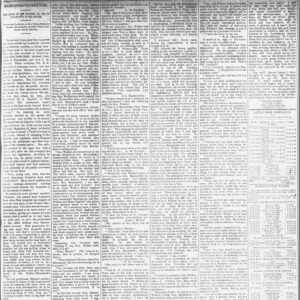 Duel Story
Duel Story
Dunnington, John William
 Eagle Rangers
Eagle Rangers
Eaker Air Force Base
aka: Blytheville Air Force Base
Earle, Fontaine Richard
Earle, Josiah Francis
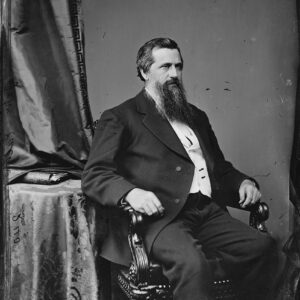 John Eaton
John Eaton
Eberle, Edward Walter
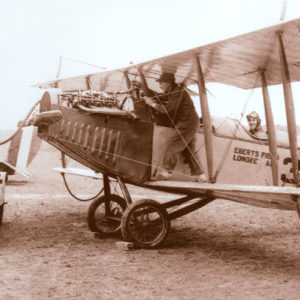 Eberts Field Airplane
Eberts Field Airplane
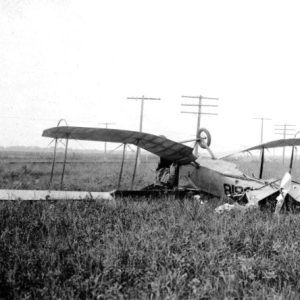 Eberts Training Field
Eberts Training Field
Eberts Training Field
 Edward Walter Eberle
Edward Walter Eberle
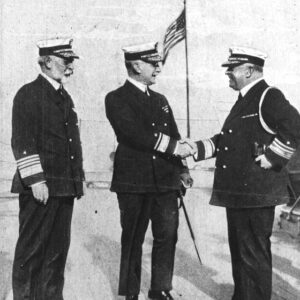 Edward Walter Eberle
Edward Walter Eberle
Edwards, Daniel Richmond
Eighteenth Arkansas Infantry (CS)
Eighth Arkansas Infantry (CS)
Elections during the Civil War
Eleventh Arkansas Infantry (CS)
Eleventh Regiment, United States Colored Troops (US)
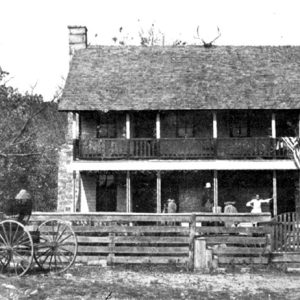 Elkhorn Tavern
Elkhorn Tavern




